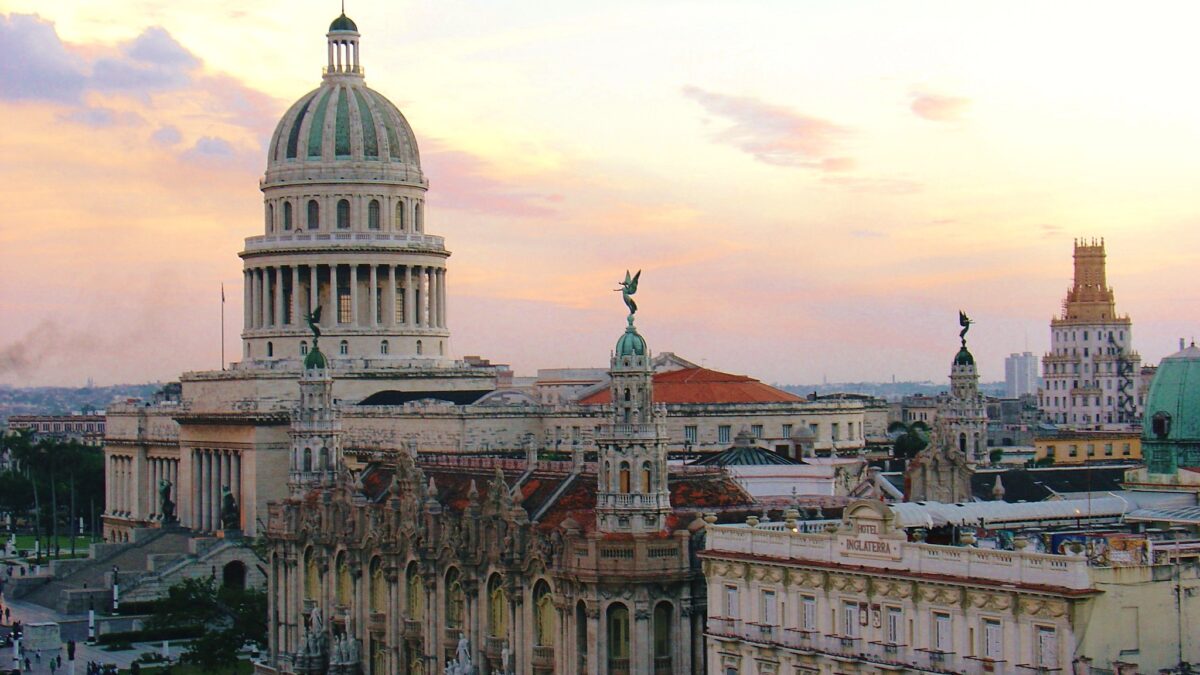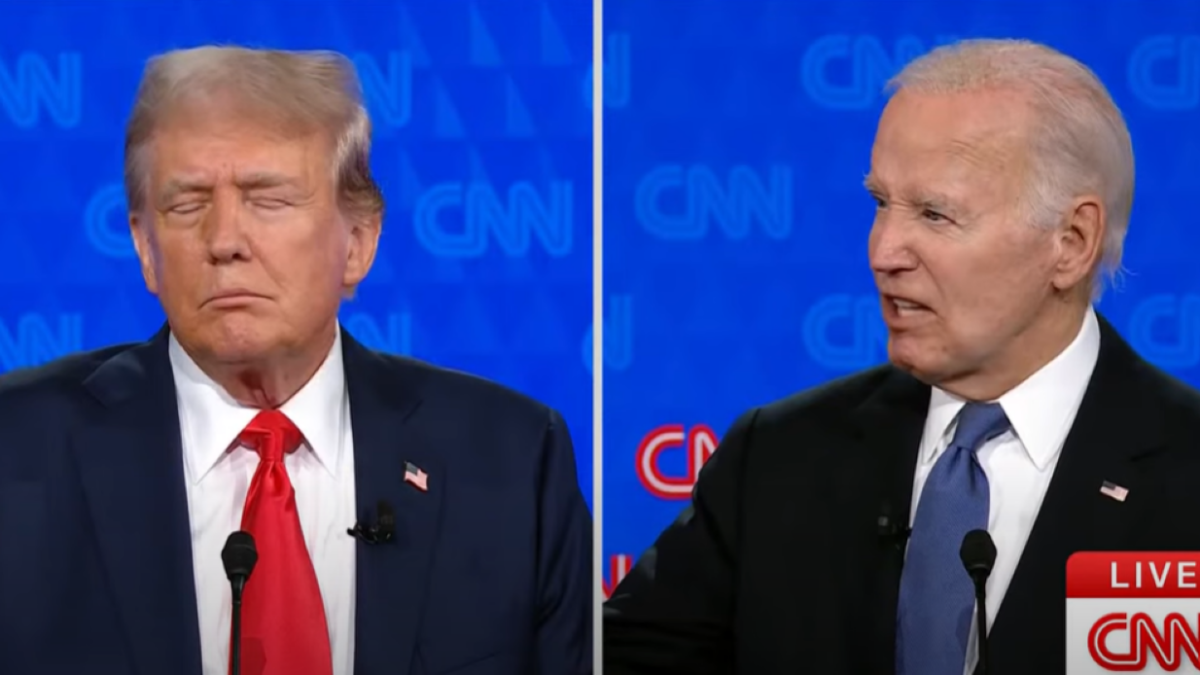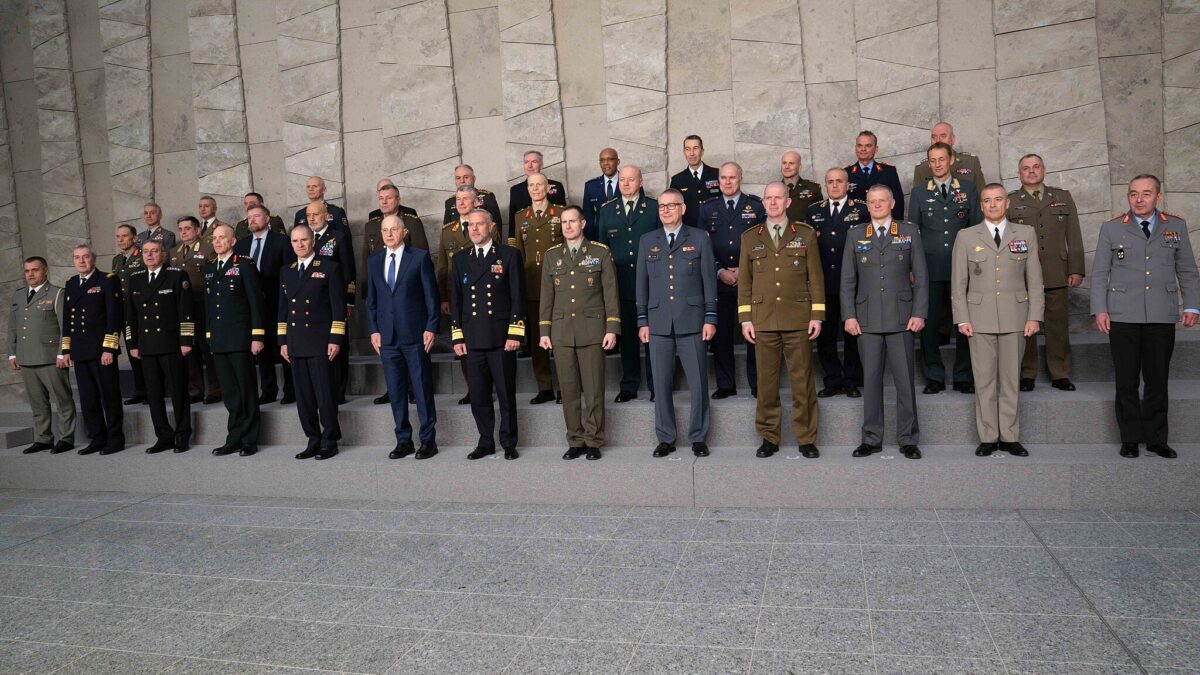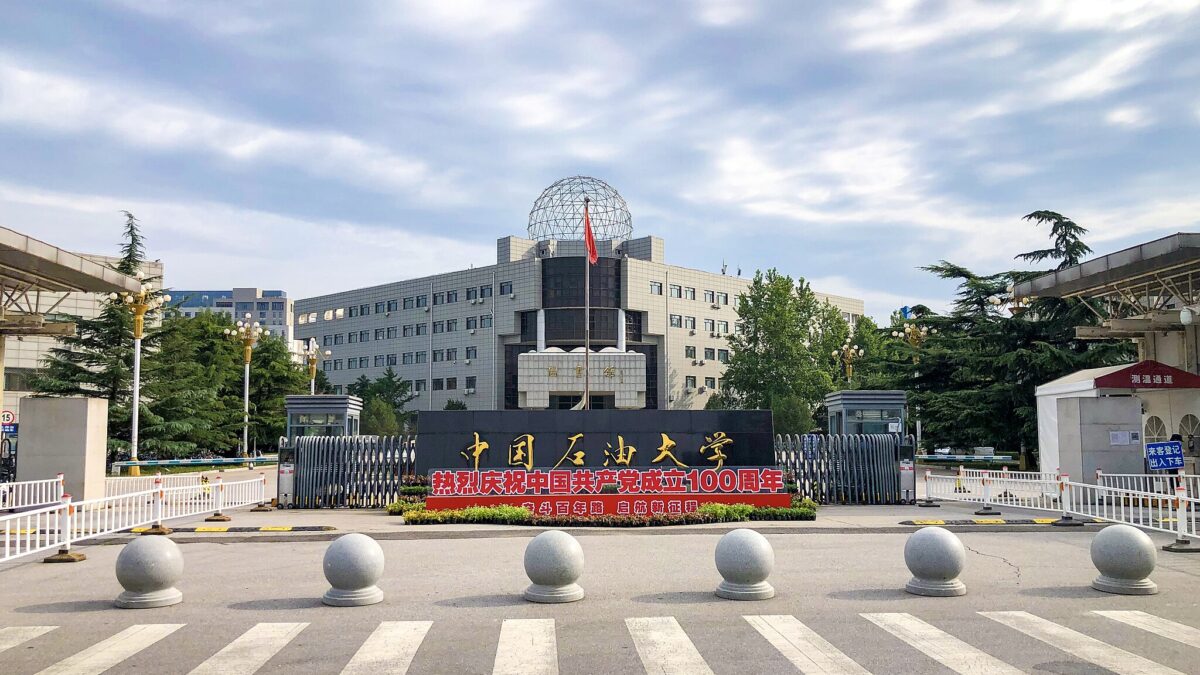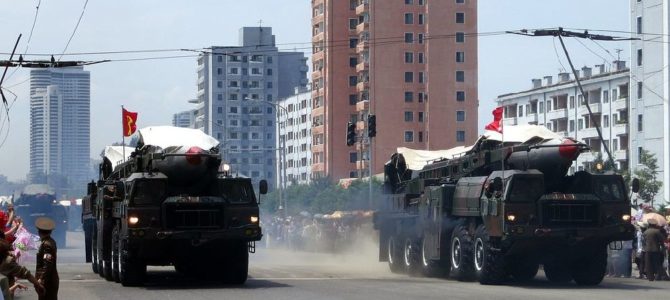
Where do we stand with the threat from the North Korean nuclear program, and what are our options? We’re nowhere near a Cold War scenario like the Cuban missile crisis, or an ongoing mutual assured destruction standoff. (For one thing, the North Koreans do not have the ability, nor will they ever, to obliterate the United States).
Pyongyang has a small arsenal and no way to deliver it to North America. That reality, however, hasn’t stopped one breathless report after another in the wake of a leaked Defense Intelligence Agency report that Kim regime has now made a warhead small enough to fit onto a long-range missile. “We’re out of time,” defense analyst Harry Kazianis told Fox.
Harry is an analyst (and a friend) whose views I respect, but this is hyperbole. So let’s take a step back, examine the technology and the current situation, then consider a few strategic choices now facing the United States.
About Those Bombs
First, let’s be clear about what kind of bomb the Norks have developed. A nuclear bomb relies on splitting atoms of uranium and plutonium through the process of nuclear fission to produce an explosion. This is the kind of bomb the North Koreans tested in 2006 and the only kind they have.
That’s plenty bad, but not as bad as the more powerful thermonuclear bomb uses that fission explosion to fuse hydrogen atoms together (which is why it’s also called a fusion bomb) to produce a much, much more devastating explosion. This is the bomb used in the nuclear arsenals of the advanced nuclear powers, and while the North Koreans claim to have tested one, it’s unlikely.
A bomb without a ride to its destination is just a really dangerous paperweight, and the North Koreans have made progress on testing an ICBM, the acronym for an inter-continental ballistic missile, a rocket that throws a warhead—the bomb—into space, after which that warhead falls back to earth at many times the speed of sound.
This is different from short-range rockets or artillery, or even Saddam Hussein’s infamous SCUDs, which are fired at short range and go relatively smaller distances. Those are easy to make; Saddam’s missiles were of 1960s vintage. ICBMs are a different game entirely. ICBMs are like the rockets that sent men to the moon, capable of traveling huge distances and landing close to a designated target.
A crude nuclear bomb isn’t that hard to make, if you have enough uranium and don’t care how big it is. (The first nuclear bomb was the size of a small automobile and had to be shoved out of an airplane in 1945.) A nuclear ICBM is a lot tougher to manufacture, because a small, reliable bomb is a lot more complicated, and placing that warhead on top of a space-capable vehicle is yet more of a challenge.
This is because a nuclear ICBM requires a small enough warhead to fit on top of a big, wobbly missile and withstand the pressures of launch, traversing space, and re-entry into the atmosphere. Nuclear bombs are not hand grenades; they are delicate and finely engineered weapons that will not explode if their machinery is destroyed while plunging to earth at Mach 20. (Here’s a cool video showing the various stages of a nuclear missile launch.)
North Korea Needs to Do a Lot More Tests
That brings us to the DIA leak. Apparently, DIA believes that North Korea now has a warhead small enough to fit on a missile. According to the Washington Post, this is not a unanimous view of the intelligence community, but if DIA is right, then we’re still a long way off from a North Korean nuclear ICBM force—just not as far off as we’d like to be.
The DIA report, if correct, suggests that the Norks have solved the warhead size problem. They still, however, have to figure out how to get that warhead onto a long-range missile. The North Koreans recently tested a missile that looks like it has enough lift to make it to North America. Note, however, that this is an assumption based on the altitude the test achieved: there as yet has not been a point-to-point test of an North Korean ICBM flying an actual six or seven thousand miles and then hitting the ground near a desired location.
Thus, to have a working nuclear ICBM, the North Koreans will have to test that warhead, successfully test an ICBM, and then test an ICBM with a working, missile-sized bomb on it. DIA is saying they’re a lot further along that road than we thought, but they’re not there yet.
One reason to worry, however, is that North Korea is not interested in deterring a peer with a full arsenal of hundreds of different kinds of nuclear forces, the way the United States, United Kingdom, France, Russia, and China all face each other down. If they can get one working ICBM, that might be enough for them to threaten, as they periodically do, to turn Seattle, Los Angeles, Anchorage, or Honolulu into a “sea of fire.”
This would be a nutty risk, since Pyongyang would be relying on one or two weapons taking off and hitting their targets without any malfunctions in wartime, a big leap for a nation that’s been watching missiles in peacetime conditions corkscrew into the sea for years. But let’s assume that the DPRK can put together at least one ICBM in the next three to five years, and let’s further assume that after seeing it tested, we all think it would work.
So What Are Our Options?
What can we do? The answer is: not much, unless we want to risk the lives of millions of people in South Korea and Japan who are under threat from existing North Korean artillery and missile systems. The obvious first choice is to muddle through and to practice, as best we can, containment of the North Korean regime. If we assume that what the Kim regime wants, more than anything, is for the Kim regime to stay in power in North Korea, then we must reiterate that there is only one way for him to do so: freeze his weapons programs. The status quo can remain in place for quite a long time—assuming that Kim does nothing to change it.
Our nuclear threats aren’t much good here, since there’s not much we can strike without doing horrendous damage and causing an environmental and radiation disaster in nearby South Korea and Japan, perhaps in Russia and China, and eventually in the United States and Canada. (Consider how freaked out people were by one Japanese nuclear reactor melting down; multiply that by six or ten or 15 nuclear strikes.)
Another option is to strike the North Korean regime preventively, at a time of our choosing, before there is an actual threat to the United States. This is a bad idea for a lot of reasons, not least that it makes the United States the aggressor, triggers a war we were trying to avoid, and relies on the hope that we hit the right things fast enough and get it all in one shot. The South Koreans and the Japanese might have some objections to this, as would the Chinese.
Whether we’d strike the North Koreans first, however, as a preemptive move—that is, under the imminent threat by Pyongyang to attack—is another matter. It’s hard to imagine any U.S. administration waiting to see what happens if it received reliable warning that a North Korean nuclear launch was in progress. The United States has been working on conventional systems to engage in short-fuse preemptive attacks, but the temptation to use a nuclear weapon will be very high for any White House at that moment.
A note here on missile defense, whose advocates claim to be able to resolve this dilemma with defensive systems. No matter what missile defense advocates might say—and in my view, their claims are heavily exaggerated—we’ve never done anything like shooting down an ICBM under combat conditions. Even if some future system were, say, 50 or 60 percent reliable, that’s a hell of a coin toss. Almost any American president, faced with an imminent North Korean launch, is likely to go first rather than wait to see how a missile defense system performs.
We Have to Make Kim Decide It’s Not Worth It
If somehow Pyongyang gets its shot off first, nuclear use by North Korea would mean war, not just with the United States, but with the world. At that point, of course, things have already spiraled out of control. Is there anything we can do now?
Again, the answer is: not really. North Korea is already the most heavily sanctioned nation on earth, and its rulers care little for whether their own people live or die. President Trump has insisted that China should deal with North Korea, but the status quo is right where China wants it, with neither peace nor war, which Beijing finds preferable to a unified, pro-American Korea sitting on the Chinese border.
The one thing we should stop doing, however, is talking about abandoning our commitments in Korea and elsewhere in the Pacific, including loose talk about removing troops, making our allies pay up for protection, and other claptrap that both pacifists on the Left and isolationists on the Right (including Trump, when he was a candidate) claim will lower tensions.
The North Korean regime is dangerous. It is also, however, in a juvenile state of constant attention-seeking, as a means of demanding assistance from China, terrifying the North Korean public, and reaffirming the Kim family’s control over its bizarre kingdom. We are not yet in an acute crisis, but the alarmists are right about one important point: the United States cannot allow the creation of a functioning North Korean nuclear ICBM, and we have to have a plan for dealing with the day before that weapon is tested.
That day, however, is not here, nor is it likely to be soon. Our best hope, right now, is for an implosion of the Kim regime (perhaps in a coup d’etat tacitly supported by China). Absent such a development, we have to make clear, without resort to silly bluster and empty nuclear threats, that we and our allies will maintain enough conventional power in the region to do the one thing Kim Jong Un fears most: topple his regime in a short but brutal conventional war should he continue down the road he is on.


